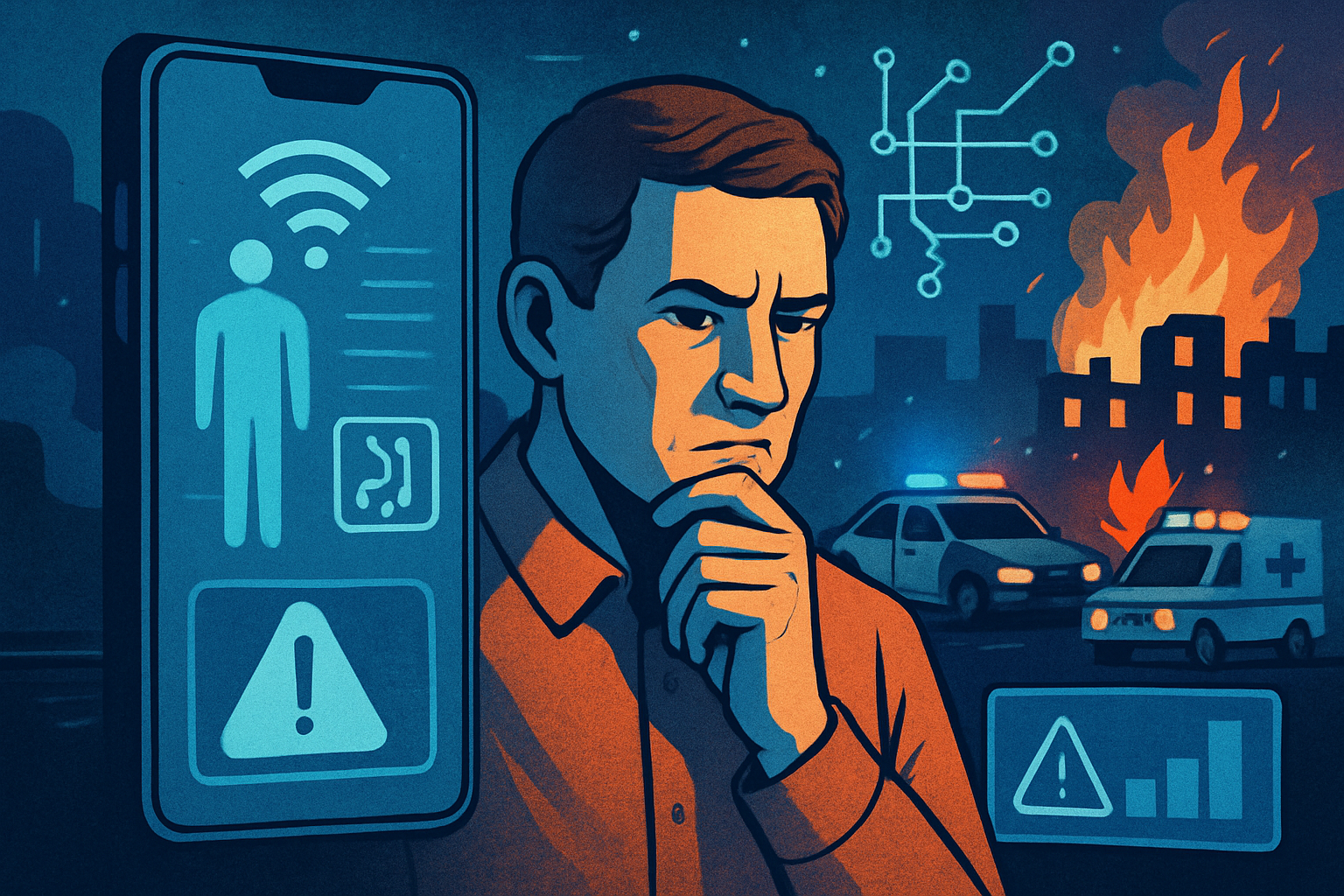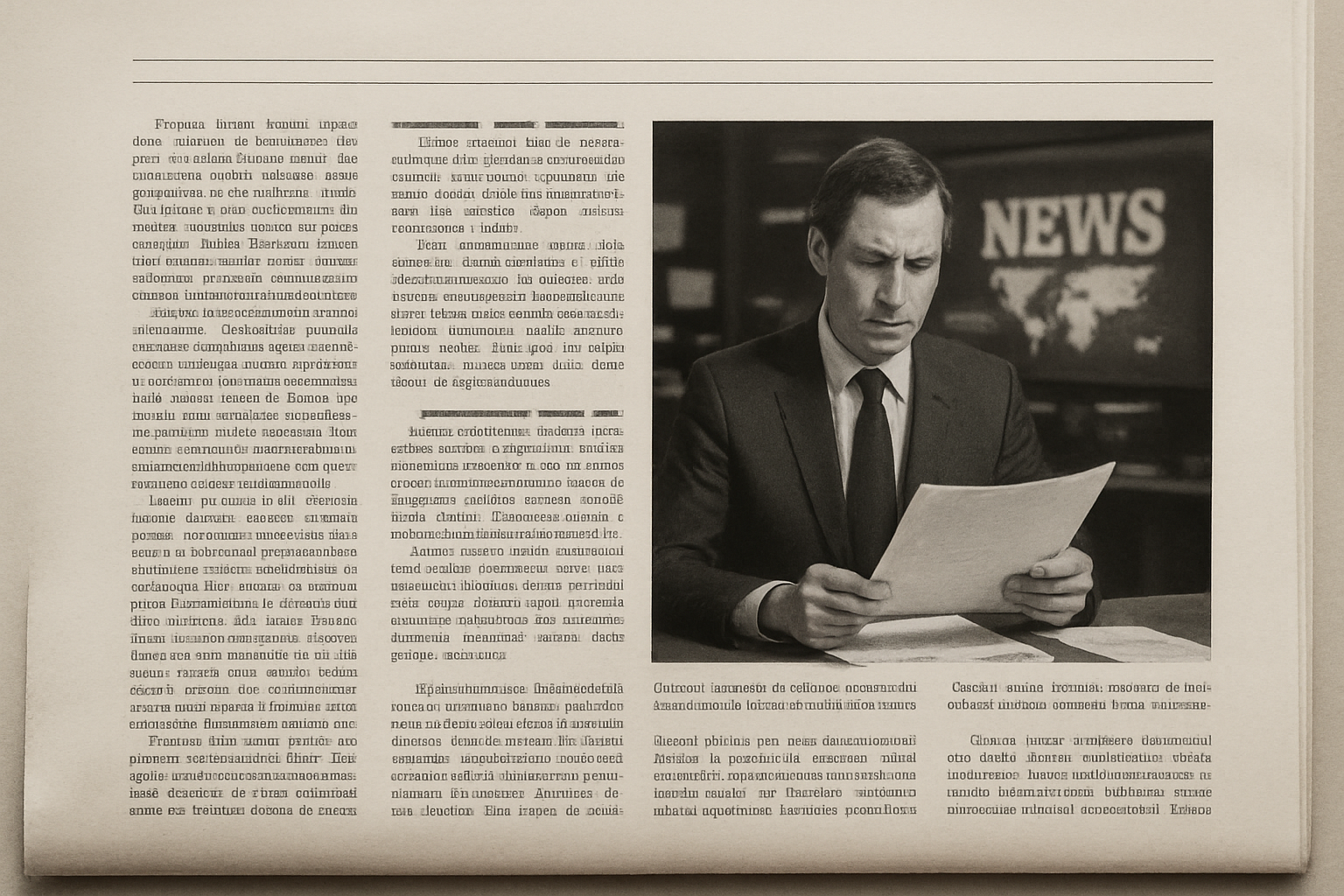Digital Dilemmas: Navigating Tech Innovation and Public Safety in Crisis Situations
- Jun 18, 2025
- 0

The complexity of today's digital era is reflected not only in the virtual worlds crafted by renowned studios but also in real-world events that intersect with technology and public safety. An incident involving a prominent figure from a storied gaming company has brought to light the potential hazards when modern technology mishandles sensitive operations. The interplay between innovative drone technology and the critical responsibilities of emergency services has sparked debate across both the public and professional spheres. The narrative unfolds with unexpected consequences, leaving a trail of legal, operational, and reputational challenges that mirror the intricate storylines found within popular interactive experiences.
Incident Details and Legal Proceedings
In a case that has garnered widespread media attention… attention, a co-founder of a major Call of Duty studio recently entered a guilty plea following an incident involving a drone collision with an aircraft engaged in firefighting efforts. The individual, After taking full accountability for his involvement in the… mishap, faced legal measures that centered on community service and financial restitution. The legal agreement required the performance of 150 hours of community engagement, specifically aiding Southern California’s wildfire relief, and imposed a substantial fine designed to cover the costs incurred in repairing the damaged firefighting aircraft. The plea underscores the importance of regulations during emergency operations and serves as an example of how actions involving modern technological devices can lead to serious consequences. This unfolding narrative stresses how accountability is maintained even when technology and human error intersect, reminding all stakeholders of the weight behind every choice made during critical times.
The Drone's Journey and Its Unintended Impact
The journey of the drone in this incident unfolded in the midst of emergency operations, highlighting a unique scenario where technological enthusiasm met strict operational boundaries. As the drone navigated through the hazardous environment near the Palisades Fire, it inadvertently collided with the wing of an aircraft known for its role in water-dumping assistance. This unexpected encounter not only resulted in the temporary grounding of the aircraft but also amplified the "the potential hazards linked to employing drones in" congested or dangerous airspace. The collision demonstrates a scenario where innovation must be balanced with precise control and adherence to safety protocols. With advanced features designed for recreational and professional use, the drone's presence near an active emergency operation raises important considerations about the interaction between unmanned aerial vehicles and traditional emergency response assets operating in real time.
Impact on Emergency Response Operations
The interference of drone activity during active firefighting efforts has underscored critical vulnerabilities within emergency response operations. The collision with a specialized firefighting craft, known for its water-dropping capabilities, compelled a temporary cessation of its operations during a critical phase. Emergency personnel, already operating under high-pressure circumstances, had to contend with an unforeseen barrier that hindered their coordinated efforts. The event prompted policymakers and first responders alike to re-examine protocols surrounding the use of unmanned devices in hazardous or emergency zones. With emergency teams relying on precise and uninterrupted procedures to safeguard communities, The event acted as a powerful, unmistakable wake-up call regarding… how recreational advancements can inadvertently disrupt life-saving operations. This intersection between technology and emergency services calls for more robust enforcement of airspace restrictions and better coordination between drone operators and governmental bodies responsible for crisis management.
Community Response and Professional Accountability

Feedback coming from everyday citizens, as well as from other key groups, has been observed professional community has been one of cautious introspection combined with a call for greater accountability. The individual involved in the incident expressed deep remorse for his actions, acknowledging the severe implications his error had on the broader emergency response efforts. This episode has led to discussions within industry circles about responsible technology use and the need for stringent safety measures. As community members and professionals review the repercussions, there is an emerging consensus that each actor in the tech space are obligated to personally verify that their devices and innovations do not adversely affect public safety. The episode has also underscored the importance of transparency in addressing such incidents, highlighting that personal accountability and measured legal repercussions can serve as effective deterrents for future occurrences. The dialogue now extends to include measures that safeguard both technology enthusiasts and emergency service operations alike.
Connections to the Interactive Entertainment Sector
Although the incident occurred in a real-world setting, its origins are deeply connected to the interactive entertainment industry, a sector known for its creativity and engagement with digital technology. The individual at the center of the legal proceedings was formerly associated with a highly acclaimed studio celebrated for crafting immersive virtual battlefields and dynamic interactive experiences. His departure from the company, which left a legacy of groundbreaking contributions, marks a poignant chapter in the history of the studio. The controversy highlights an ironic parallel: the intricate and digitally orchestrated worlds in popular games, where every decision can alter the virtual narrative, contrast sharply with the tangible and uncompromising outcomes of a real-world mishap. This connection prompts a broader examination of how individuals from the creative tech industry navigate the fine line between innovation in virtual realms and responsible behavior in real life, especially when their actions have far-reaching consequences outside the digital sphere.
Social Media Footprint and the Shaping of Public Persona
The incident has led to significant shifts in the online footprint and social media representation of the involved party. In an effort to manage the impact of the controversy, his public profiles across various networks underwent extensive changes, a move that reflected a broader trend of recalibrating personal branding in response to public scrutiny. The erasure of his digital footprint speaks volumes about the challenges that arise when past actions are magnified in the era of online transparency. Social media, which once served as a platform for professional updates and industry networking, has become a battleground for reputation management. This measure, while aimed at mitigating reputational damage, has also sparked a debate about the lasting implications of digital legacies in the tech and gaming communities. The discussion centers on the need for robust ethical guidelines and the understanding that a digital persona can significantly influence public perception, particularly when scrutinized under the lens of trial and error in technology use.
Corporate Perspectives and Internal Reflections
Behind the public incident are corporate entities that value innovation yet remain committed to upholding stringent safety standards. The studio at the heart of the story, known for its legacy in interactive entertainment, has since observed internal reflections on how best to balance creative freedom with operational responsibility. While the legal proceedings serve as an external message about following established protocols, they also prompt companies to re-examine their own policies related to the use and supervision of technological tools by their representatives. The incident has sparked conversations regarding the establishment of robust safety cultures and protocols that ensure all employees, regardless of position, "have a complete understanding of their duties in each" digital and physical domains. It illustrates that even individuals with a storied professional past can encounter unforeseen pitfalls if technology is used without adequate safeguards in sensitive environments.
Financial Repercussions and Operational Costs
The financial implications of the mishap have been substantial, affecting not only the individual involved but also the entities connected to the series of events. A hefty fine, set at $65,000, was enforced as a provision of the plea deal to cover the expenses of mending the damaged areas firefighting aircraft. This monetary penalty reflects the broader understanding that errors, particularly those involving the misuse of technology in high-risk areas, have tangible financial consequences. It serves as a warning to others in the tech and digital communities, emphasizing "that pursuing innovation should never involve sacrificing" public safety. The financial repercussions also highlight the importance of ensuring that all technological devices are operated within regulated frameworks that account for potential risks, thereby protecting not only the individuals using them but also the broader infrastructure that supports critical emergency services.
Technological Oversight and Safety Protocols in Focus
The interplay between advanced technology and operational safety stands at the forefront of debates sparked by the incident. Drones, marketed for their versatility in both recreational and professional contexts, require robust oversight when deployed in sensitive airspaces. The circumstances surrounding the collision have brought to light questions regarding the effectiveness of current regulations governing unmanned aerial vehicles. While the technology offers remarkable capabilities—ranging from streamlined data collection to sophisticated aerial maneuvering—it must be paired with strict safety protocols that prevent interference with essential services. This incident, therefore, advocates for enhanced training, improved identification systems for drone operators, and a renewed focus on airspace management during emergencies. The dialogue now extends to policymakers who must balance innovative applications of technology with the vital need to ensure that public safety remains paramount during times of crisis.
Industry Contributions During Crisis Situations
Following the incident, individuals from the broader gaming and digital technology industry have taken proactive steps to support emergency relief efforts. Several major publishers have mobilized resources and initiated fundraising campaigns, integrating in-game events aimed at aiding those affected by emergencies such as extensive wildfires. These initiatives demonstrate the potential for the interactive entertainment sector to extend its influence beyond digital realms and contribute meaningfully to real-world challenges. The collaborative efforts between companies not only highlight the societal impact of digital enterprises but also reinforce a commitment to community resilience and support during times of need. The strategic partnerships and financial donations underscore a broader industry ethos that embraces social responsibility while continuing to innovate within the domains of immersive gaming and interactive technologies.